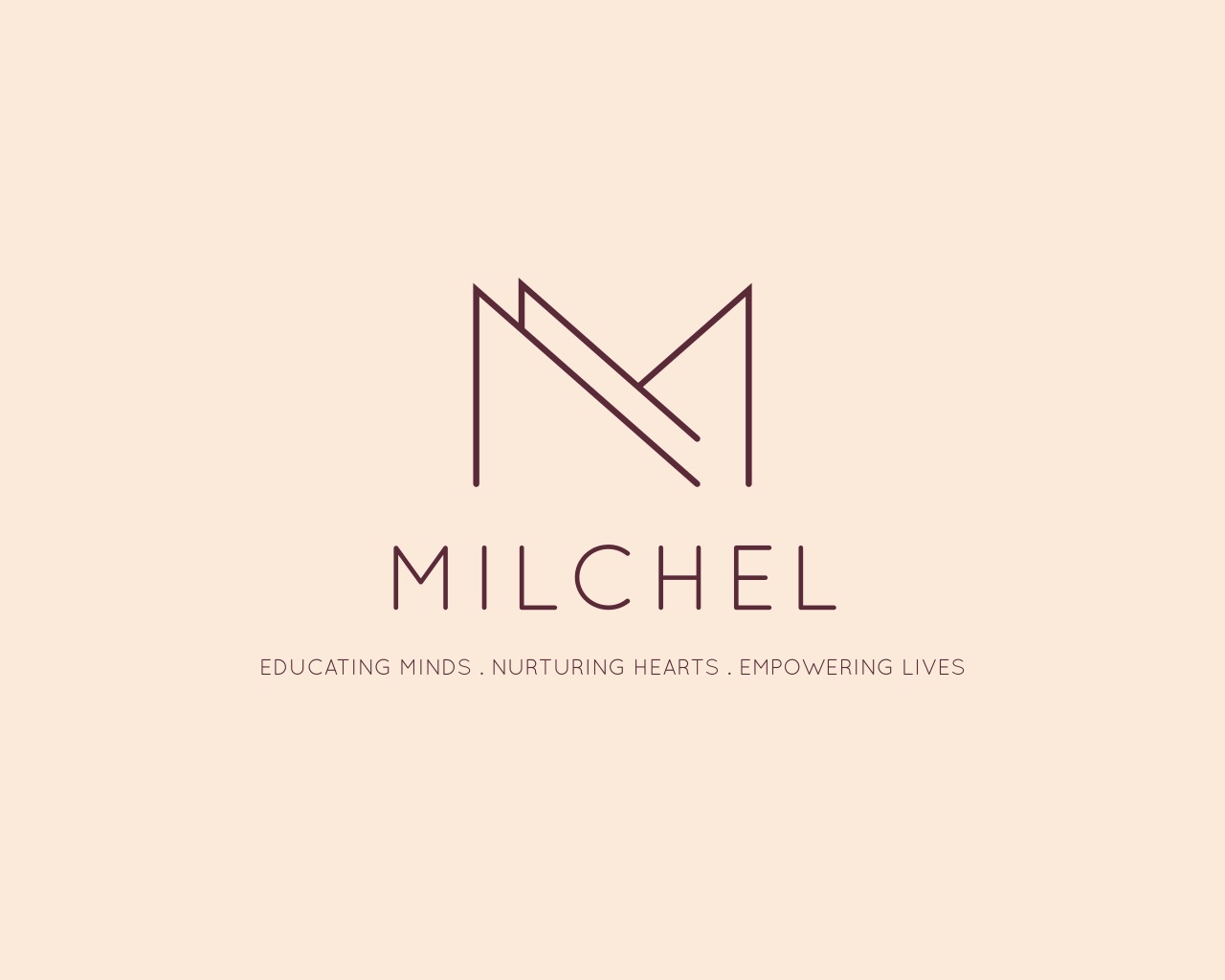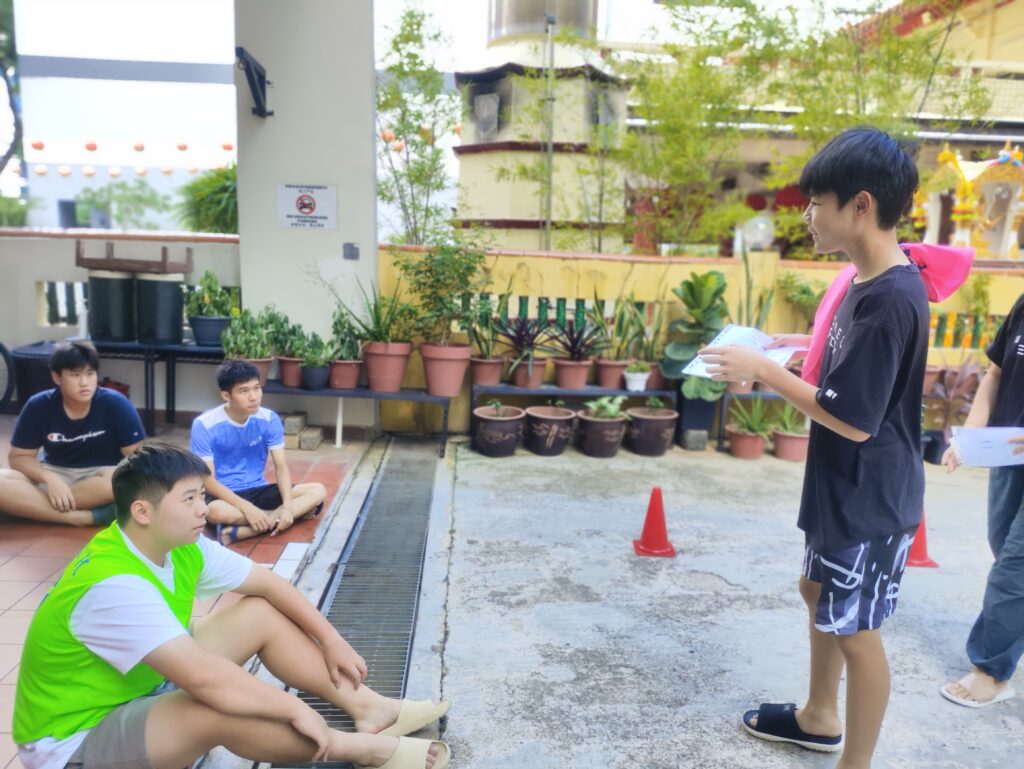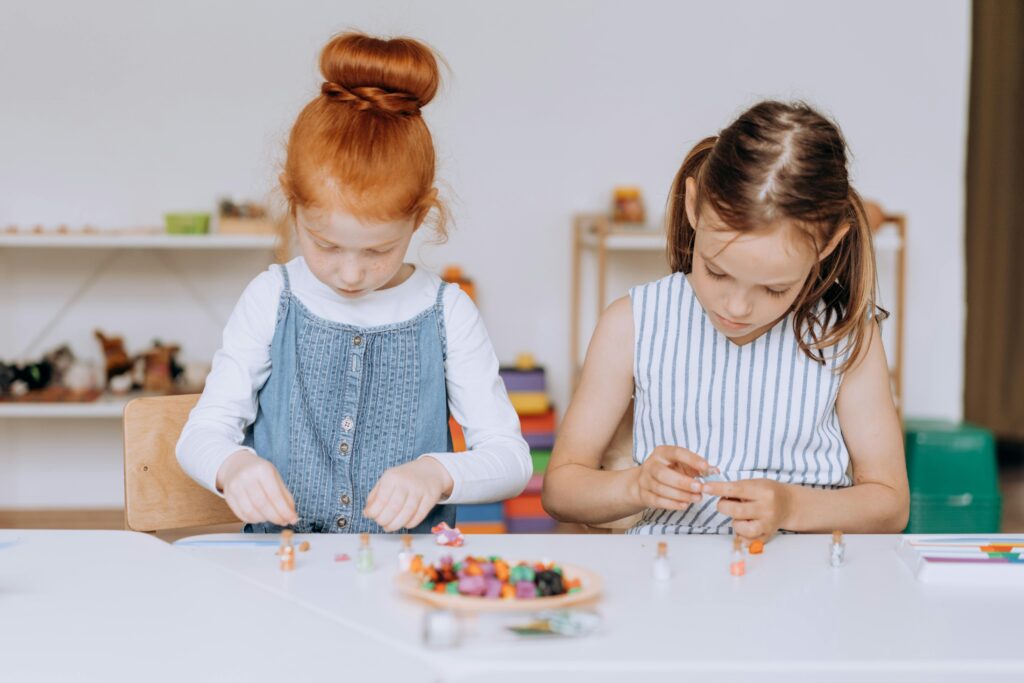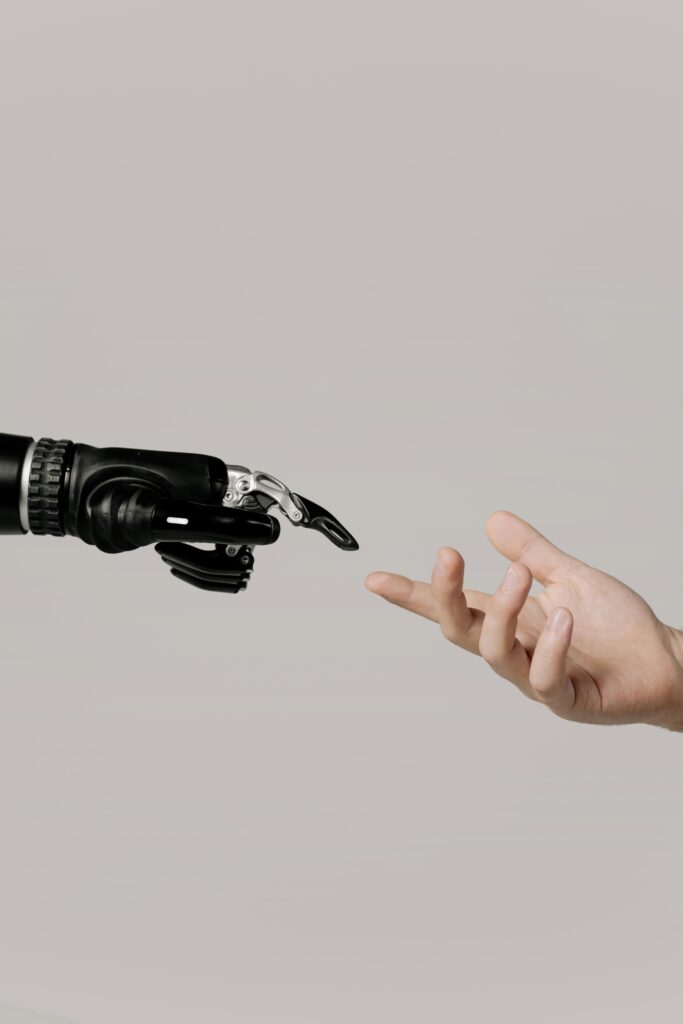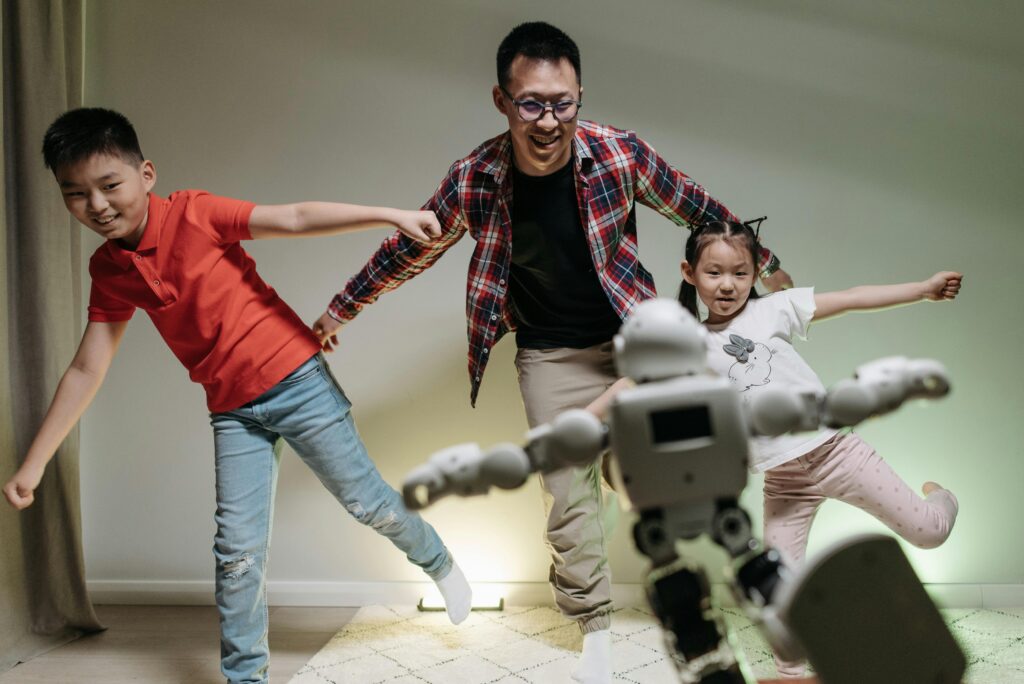Family Traditions in Everyday Life
All families have traditions, whether big or small. These rituals help mark meaningful moments and give structure to the year. Some families treat birthdays as essential celebrations that require planning and heartfelt attention. Others view religious holidays as sacred dates that draw everyone together in one place. Many families also end the school year with a special trip to honour their children’s hard work.
These simple practices create rhythms that children remember long after the moment has passed. They turn ordinary days into meaningful experiences. These moments anchor a child’s sense of family and belonging.
Building Strong Bonds and Emotional Connection
Family traditions matter because they nurture strong bonds and deepen emotional connection. Shared activities help children feel seen, valued, and supported. They also provide stability, which is especially important during a child’s growing years.
Predictable routines, such as holiday gatherings or yearly vacations, give children comfort and something joyful to anticipate. These moments create positive memories that stay with children throughout their lives. Over time, these memories become family stories that children cherish and retell with pride.
Traditions also carve out protected time for bonding in the middle of busy schedules. This intentional time encourages honest conversations, playful interactions, and warm moments. These experiences shape a child’s emotional health.

Passing Down Values and Cultural Practices
Traditions help parents pass down important values and cultural practices. Children absorb lessons more deeply when they participate in rituals rather than only hear about them.
Through repeated experiences, they learn gratitude, respect, kindness, and responsibility. They also gain a clearer sense of identity because traditions help define what the family believes and celebrates. This sense of identity supports confidence and resilience as children grow.
The Lasting Impact of Family Traditions
Family traditions may appear simple, but their impact is powerful and lasting. They enrich a child’s emotional world, strengthen relationships, and offer a sense of security that builds confidence.
Through shared rituals, families create a legacy of love, stability, and unity. These traditions show every child that they matter deeply and that they belong to a family that values connection and togetherness. Over time, these experiences shape children in meaningful ways. They guide them into adulthood with strong hearts and steady roots.

